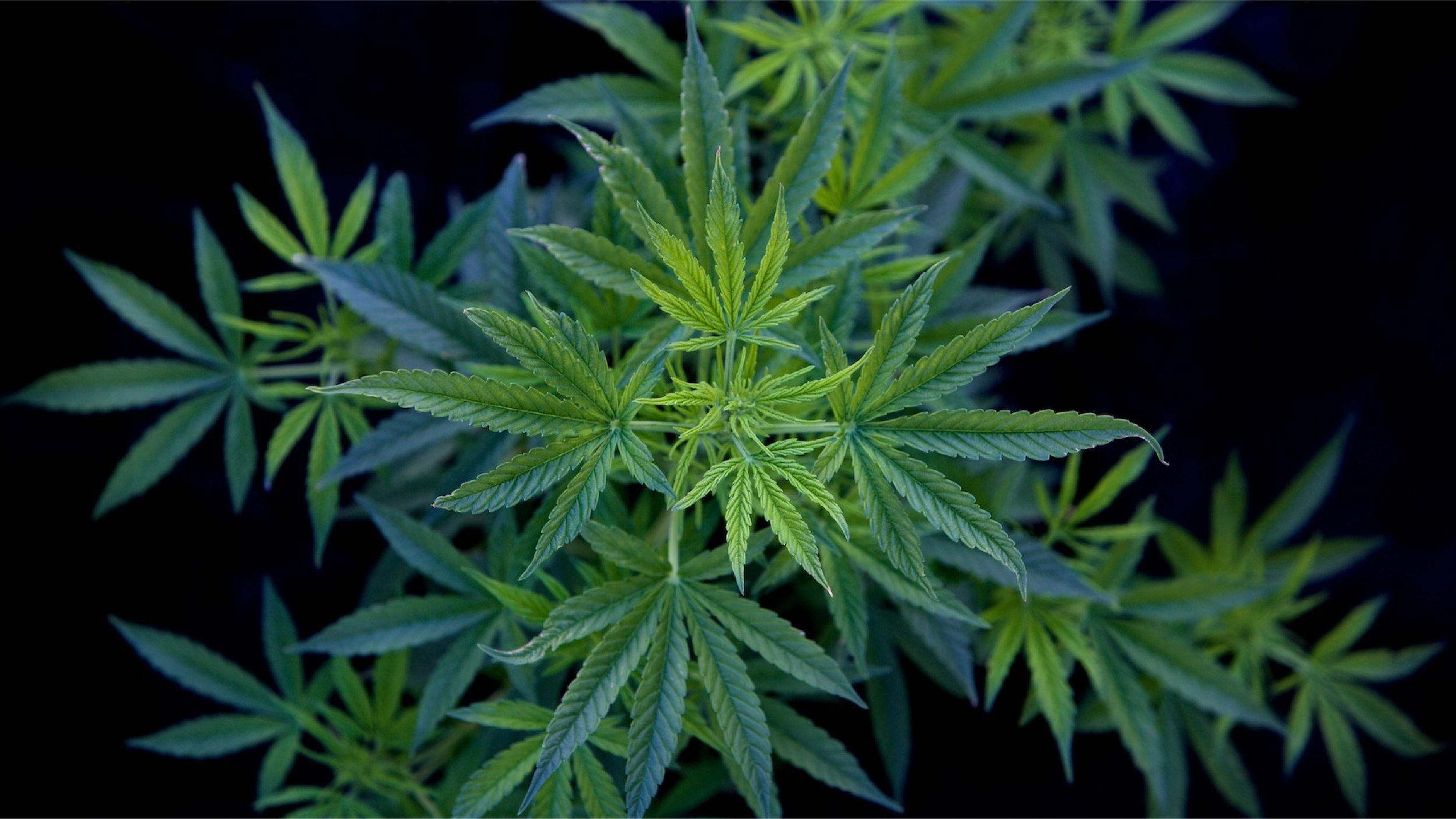Cannabis
Cannabis sativa
Active ingredients: Tetrahydrocannabinol (THC), Cannabinol (CBD)
Cannabis is the one herb many have experienced in one form or another. But no matter how well you think you know this herb, there are some essential factors to bear in mind when consuming it as a drink.
We love working with cannabis; even though High Cuisine is about utilizing a wide variety of mind-expanding herbs, cannabis still forms the base layer of our multi-course dinners and recipes. And now we’ve even incorporated it into our drinks.
Cannabis famously whets the appetite, and for this exact reason, a cannabis cocktail makes an ideal aperitif. It also makes a great party starter, thanks to another welcome effect of cannabis: its enhancement of conviviality. Being (lightly) stoned increases chattiness, loosens the laugh reflexes and generally lubricates any social event.
What creates that cannabis effect? Cannabinoids do. And they are produced in tiny resinous glands concentrated in the plant’s female flowers. After the drying and curing are complete (usually done by its grower), moderate heat (usually via smoking or cooking) is needed to ‘activate’ the cannabinoids.
The heat initiates decarboxylation, whereby the non-psychoactive THC-acid in a raw herb transforms into THC, the molecule that generates the high. Since our cannabis cocktails do not use heat in their preparation, you will need to decarb your weed in advance.
You also need to separate the cannabinoids from the vegetable matter of the bud. The complication here is that cannabinoids are not soluble in water. Anyone who has ever tried to clean a water bong knows, cannabinoids are very resistant to mixing with water.
Soaking it in alcohol creates a tincture of cannabis, which does mix fine with water and is suitable for use in drinks. In its heyday, the late 19th-early 20th century, cannabis tinctures were popularly consumed as medicine before cannabis was banned worldwide.
If you don’t want to use an alcohol-based tincture, you can use vegetable glycerin, apple cider vinegar or distilled white vinegar instead. Glycerin gives the mixture a sweet flavour, and vinegar adds a note of acidity, which works well with many cocktails. In cannabis cuisine, extracting cannabinoids can be done using fats such as butter & olive oil, or dairy.
Cannabis has tremendous genetic variability across its two main species, C. sativa and C. indica, creating a wide range of effects and aromas among varieties. Broadly, Sativas create a more ‘energetic’, mental high, making them best suited to social events. Indicas generate a more ‘stoned’ bodily high and are more suitable to solitary enjoyment. Most modern varieties are a blend of the two.
There are important issues to be aware of when serving cannabis drinks to a group, such as tolerance developed by regular consumers and the differences in effect between smoked and orally consumed cannabis.
Observe these words of caution -
especially if you’re an experienced consumer and perhaps susceptible to over-confidence. Cannabis makes a marvellous, adaptable cocktail ingredient with a range of pleasant effects.
BUY HIGH COCKTAILS
High Cocktails is the first book of its kind to bring together non-alcoholic psychoactive cocktail recipes, creatively developed by the chefs of High Cuisine in collaboration with The Bulldog.
BUY NOW




